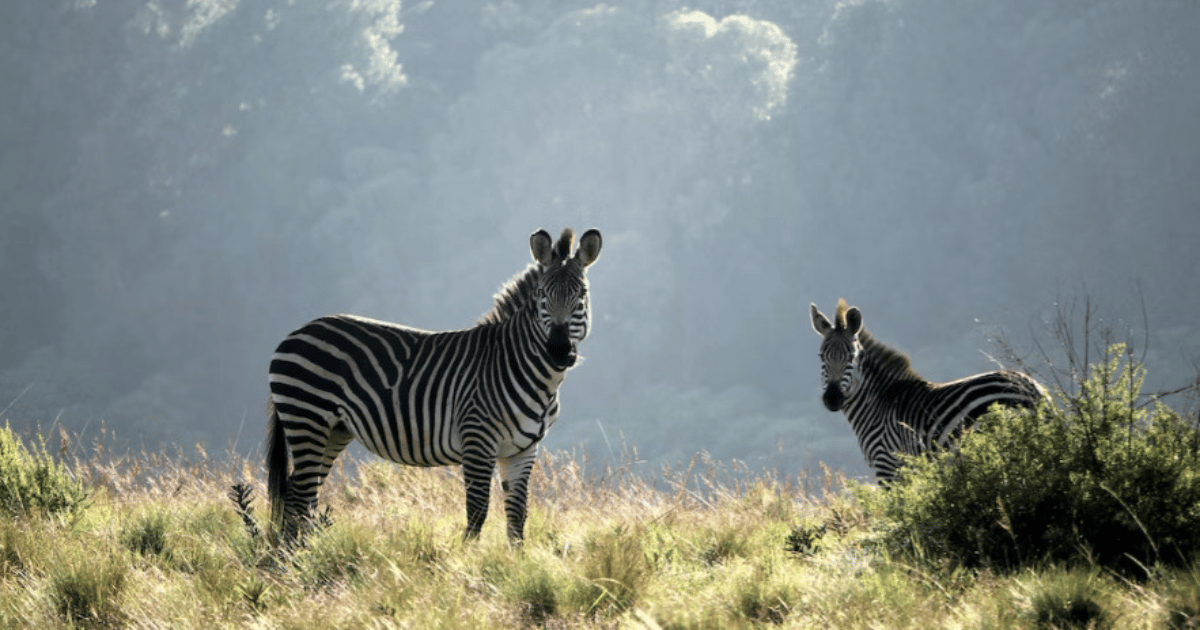- Conservation Rising
- Posts
- Biodiversity bonds take the next big step forwards
Biodiversity bonds take the next big step forwards

From the newsletter
The Global Environment Facility (GEF) plans to launch biodiversity bonds aimed at mobilising up to $1.5 billion for the protection of endangered species and ecosystems across 54 African countries. Following successful pilot projects for rhinos and chimpanzees in Rwanda, and lemurs in Madagascar, GEF will commit an initial $150 million.
The bonds, first tested in 2022 with a rhino protection project in South Africa, link repayments to conservation outcomes. If governments achieve biodiversity targets, such as reducing poaching or increasing species populations, they repay less.
This structure provides off-balance-sheet financing that does not contribute to national debt and is attractive to private investors seeking measurable impact.
More details
“Many countries are suggesting that, in this tough official development assistance environment, maintaining the last level of replenishment may be difficult,” said Fred Boltz, Head of Programming at the Global Environment Facility. “We might need to try to do more with less.” Beyond iconic species, future bonds may fund ecosystem-wide protection, including wetlands, mangroves and tropical forests. The facility aims to incorporate this instrument into its next four-year programming cycle starting in 2026.
Since its inception at the 1992 Rio Earth Summit, the Global Environment Facility has invested $7.7 billion in Africa. This includes an $85 million project to combat desertification in the Sahel. The current programming cycle, supported by $5.3 billion from 29 countries, ends this year. By offering private investors returns based on conservation results and reducing financial strain on governments, the bonds could ensure continuity of species protection efforts despite aid volatility.
The Global Environment Facility pioneered its biodiversity bond model with the 2022 Rhino Bond, a $150 million instrument backed by the World Bank. This bond linked investor returns to the growth of black rhino populations in South Africa’s Addo and Great Fish River reserves, ensuring that conservation funding was directly tied to measurable wildlife outcomes.
This was followed by a chimpanzee conservation bond in Rwanda in 2023, targeting protection in key forest habitats. In 2024, the Global Environment Facility approved another bond for lemur conservation in Madagascar. These pilots used off-balance-sheet finance mechanisms that attracted private capital without adding to public debt, and have informed the design of the current continent-wide $1.5 billion expansion plan.
Wildlife bonds can provide conservation organisations in Africa with a new and innovative source of funding for their efforts. These "outcome-based" bonds link investment returns to the achievement of specific conservation goals, such as increasing wildlife populations. This model encourages private sector investment, reduces reliance on traditional donor funding, and transfers some project risk to investors.
Our take
The expansion from flagship species to full ecosystems signals a growing trust in biodiversity bonds as tools for measurable, large-scale environmental impact and investment appeal.
This broader focus allows protection of entire landscapes such as wetlands and forests. It aligns with global biodiversity goals and offers sustainable financing amid shrinking public funds, helping Africa scale conservation beyond iconic species.